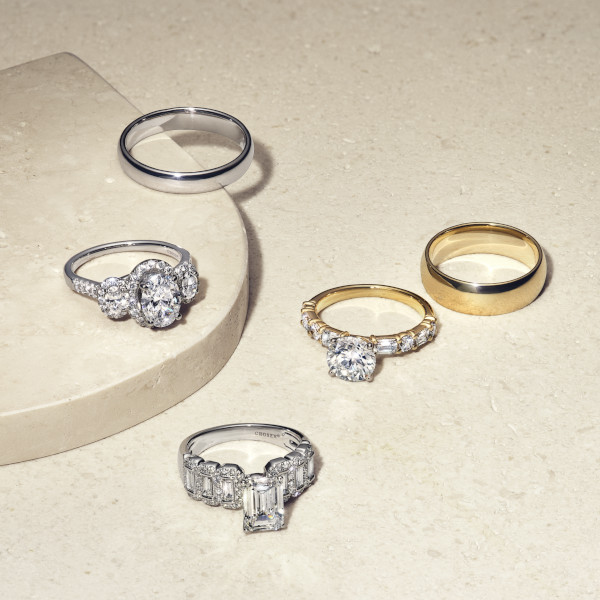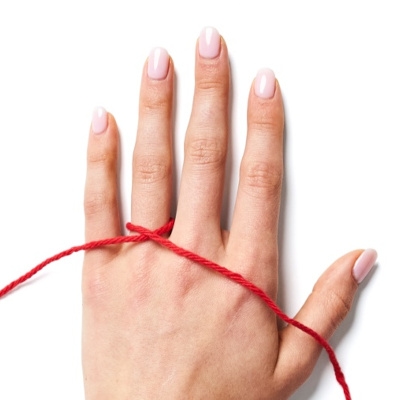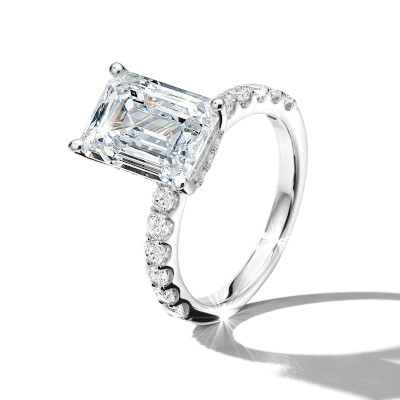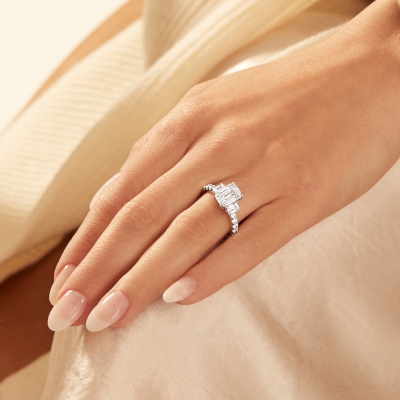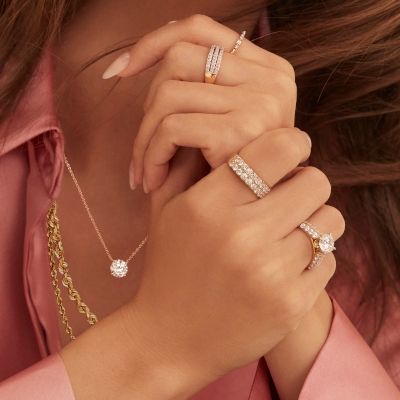Knowing your ring size can be the difference between a ring that’s just right and a ring that slips and slides around your finger. If you don’t already know your number, we’ll teach you how get your ring measurements for the perfect fit.
What Affects Your Ring Size?
In general, getting a good ring measurement is an easy process. Still, there are a few pitfalls to be aware of that can throw off your fit. These factors can impact your ring measurement:
Temperature:
It’s perfectly normal for fingers expand in the heat and shrink in cold. Measuring during colder, normal, and hotter temperatures can tell you how much allowance you need for a comfortable fit.
Recent Exercise:
Taking a ring measurement fresh off your workout may not be the best plan. Exercising raises your body temperature, so you will get a larger measurement and end up with a loose-fitting ring.
Measure Your Knuckle Too:
Measure both the base of your finger and your knuckle. Why? This helps account for your ring being able to get over your knuckle and fit snug on your finger.
3 Ways To Get Your Ring Size
Now you that you know what to watch out for when taking your ring size, you’re ready to start. Here are a few of the most common ways to get your ring measurement with tools you can use at home.
Print the Jared Ring Sizer
Ring Size and Measurements
Standard ring sizes in the United States range from three up to thirteen and a half. Here’s how your measurements match up ring sizes in stores:
Ring Size |
Diameter (Millimeters) |
Diameter (Centimeters) |
|---|---|---|
3 |
14.0 MM |
1.40 CM |
3.5 |
14.4 MM |
1.44 CM |
4 |
14.8 MM |
1.48 CM |
4.5 |
15.2 MM |
1.52 CM |
5 |
15.6 MM |
1.56 CM |
5.5 |
16.0 MM |
1.60 CM |
6 |
16.45 MM |
1.645 CM |
6.5 |
16.9 MM |
1.69 CM |
7 |
17.3 MM |
1.73 CM |
7.5 |
17.7 MM |
1.77 CM |
8 |
18.2 MM |
1.82 CM |
8.5 |
18.6 MM |
1.86 CM |
9 |
19.0 MM |
1.90 CM |
9.5 |
19.4 MM |
1.94 CM |
10 |
19.8 MM |
1.98 CM |
10.5 |
20.2 MM |
2.02 CM |
11 |
20.6 MM |
2.06 CM |
11.5 |
21.0 MM |
2.10 CM |
12 |
21.4 MM |
2.14 CM |
12.5 |
21.8 MM |
2.18 CM |
13 |
22.2 MM |
2.22 CM |
13.5 |
22.6 MM |
2.26 CM |
Please note: We can handle a return at Jared.com but exchanges must be done at one of our stores.
